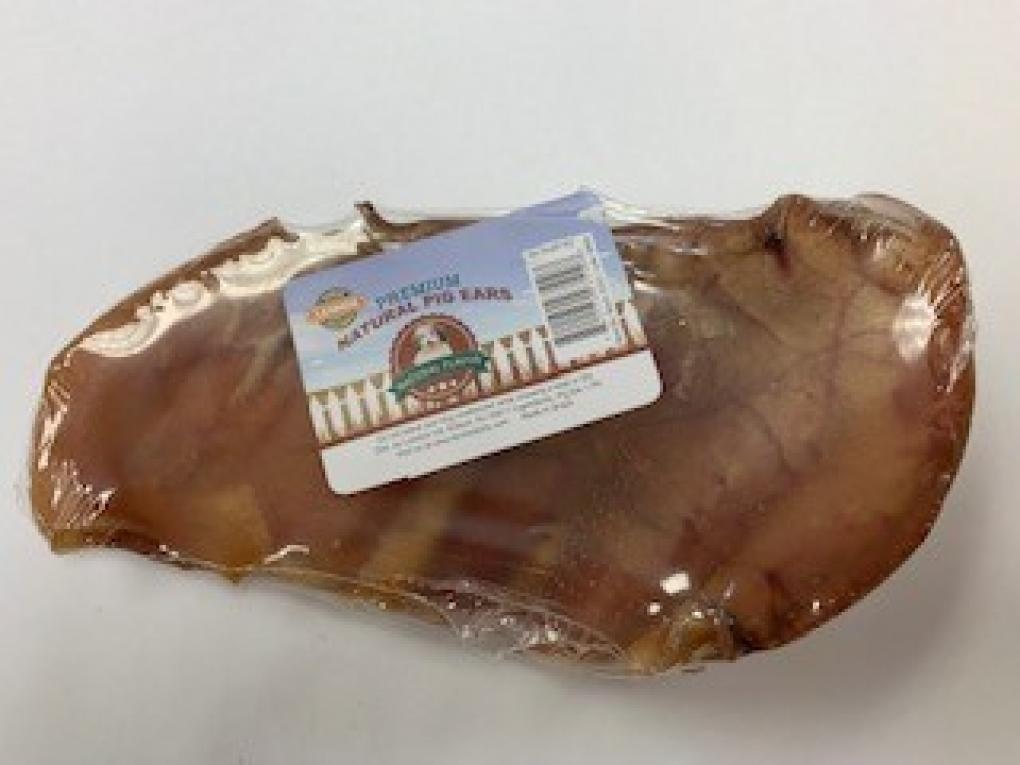A Texas grand jury charged Paul Kruse, Blue Bell Creameries’ who served as the company’s CEO and president from 2004 to 2017, with wire fraud and conspiracy in connection with an alleged cover-up of the company’s 2015 Listeria outbreak, the Department of Justice announced. According to the indictment, Texas state officials notified Blue Bell in February 2015 that two ice cream products from the company’s Brenham, TX, factory tested positive for Listeria monocytogenes. Kruse allegedly directed employees to remove potentially contaminated products from store freezers without notifying retailers or consumers of the real reason. Kruse instructed employees to tell customers who asked about the removed items that there was an “unspecified issue with a manufacturing machine,” the indictment alleges. The ice cream was linked to 10 Listeria cases in four states and resulted in three deaths in Kansas. In May, the company pleaded guilty to two misdemeanors for distributing adulterated food products and agreed to pay $19.3 million in fines for shipping contaminated ice cream during the 2015 Listeria outbreak. The company closed its facilities in April 2015 to clean and update the facilities and has taken significant steps to enhance sanitation processes @ https://www.cnn.com/2020/10/21/business/blue-bell-ice-cream-listeria-former-ceo-charges/index.html
ruth
A Texas grand jury charged Paul Kruse, Blue Bell Creameries’ former CEO and president, was charged with wire fraud and conspiracy in connection with an alleged cover-up of the company’s 2015 listeria outbreak, the Department of Justice announced on Wednesday.
ruth
A study in the journal Emerging Infectious Diseases by the CDC found that among 742 food and agriculture work locations surveyed in 30 states, 8,978 workers had confirmed COVID-19, and 55 workers died. The ethnical mix shows that 36.5% of workers are Hispanic or Latino, 52.6% are non-Hispanic White, 5.9% are non-Hispanic Black, 3.5% are non-Hispanic Asian/Pacific Islander, and 1.5% are of other non-Hispanic race or ethnicity groups. Among workers with COVID-19 for whom race or ethnicity data were reported, 72.8% were Hispanic or Latino, 6.3% were non-Hispanic Black, and 4.1% were non-Hispanic Asian/Pacific Islander. The data suggest that Hispanic or Latino, non-Hispanic Black, and non-Hispanic Asian/Pacific Islander workers in these workplaces might be disproportionately affected by COVID-19. Testing in meat and poultry processing facilities showed widespread COVID-19 outbreaks and identified high proportions of asymptomatic or presymptomatic infections. @ https://wwwnc.cdc.gov/eid/article/27/1/20-3821_article
We describe coronavirus disease (COVID-19) among US food manufacturing and agriculture workers and provide updated information on meat and poultry pr…
The Lenox facility’s FDA inspection was a compliance follow-up inspection to assess corrections made since the Class I recall of pig ear pet treats due to Salmonella traced back to the company. The nationwide outbreak of multidrug-resistant Salmonella Cerro, Derby, London, Infantis, Newport, Rissen, and I 4,[5],12:i:-, which resulted in 154 illnesses, including 35 hospitalizations, in 34 States. The inspection found that the company did not have a written food safety plan, did not take measures to assure hygienic practices by employees, did not clean animal food contact surfaces of equipment as necessary, and did not use cleaning and sanitizing agents that are safe and adequate. FDA noted that sampling and testing is not on its own a good indicator of contamination within a product lot. @ https://www.fda.gov/inspections-compliance-enforcement-and-criminal-investigations/warning-letters/lennox-international-inc-606889-09292020
ruth
The pathogen reduction and hazard analysis and critical control point (PR-HACCP) regulation program was implemented by the Food Safety and Inspection Service (FSIS) in 1996 to reduce microbial contamination on meat, poultry, and egg products. As the program begins its third decade, the question is whether there have been reductions in the frequency of pathogen-contaminated meat and poultry products reaching consumers. The study summarizes the results for >650,000 samples collected by FSIS between 2000 and 2018 in slaughter and processing establishments across the US. It compares these results to the roughly 100,000 retail samples collected by the FDA between 2002 and 2017. The data shows an overall reduction in the occurrence of Salmonella on meat and poultry products. Still, the direction and magnitude of change have not been consistent over time or across commodities. The study could not attribute any change in Salmonella contamination to the implementation of the PR-HACCP program. @ https://meridian.allenpress.com/jfp/article/83/10/1707/435362/Changes-in-Salmonella-Contamination-in-Meat-and




